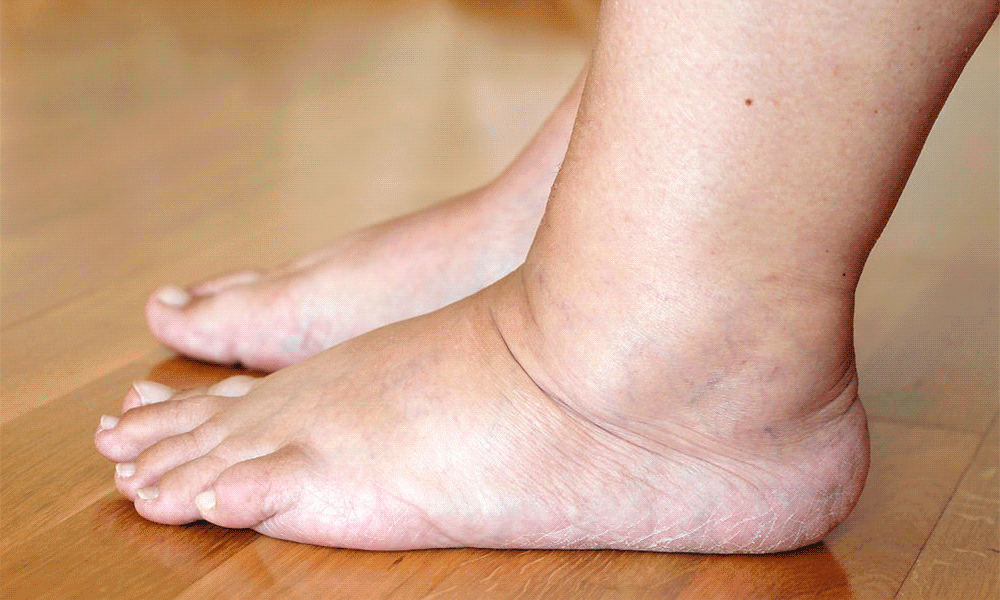




monly referred to as earth, is a mixture of organic matter, minerals, gases, water, and organisms that together support the life of plants and soil organisms. Some scientific definitions distinguish dirt from soil by restricting the former term specifically to displaced soil. Soil measuring and surveying device Soil consists of a solid collection of minerals and organic matter (the soil matrix), as well as a porous phase that holds gases (the soil atmosphere) and a liquid phase that holds water and dissolved substances both organic and inorganic, in ionic or in molecular form (the soil solution). Accordingly, soil is a complex three-state system of solids, liquids, and gases. Soil is a product of several factors: the influence of climate, relief (elevation, orientation, and slope of terrain), organisms, and the soil's parent materials (original minerals) interacting over time. It continually undergoes development by way of numerous physical, chemical and biological processes, which include weathering with associated erosion. Given its complexity and strong internal connectedness, soil ecologists regard soil as an ecosystem. Most soils have a dry bulk density (density of soil taking into account voids when dry) between 1.1 and 1.6 g/cm3, though the soil particle density is much higher, in the range of 2.6 to 2.7 g/cm3. Little of the soil of planet Earth is older than the Pleistocene and none is older than the Cenozoic, although fossilized soils are preserved from as far back as the Archean. Collectively the Earth's body of soil is called the pedosphere. The pedosphere interfaces with the lithosphere, the hydrosphere, the atmosphere, and the biosphere. Soil has four important functions: as a medium for plant growth as a means of water storage, supply, and purification as a modifier of Earth's atmosphere as a habitat for organisms All of these functions, in their turn, modify the soil and its properties. Soil science has two basic branches of study: edaphology and pedology. Edaphology studies the influence of soils on living things. Pedology focuses on the formation, description (morphology), and classification of soils in their natural environment. In engineering terms, soil is included in the broader concept of regolith, which also includes other loose material that lies above the bedrock, as can be found on the Moon and other celestial objects. Processes Soil is a major component of the Earth's ecosystem. The world's ecosystems are impacted in far-reaching ways by the processes carried out in the soil, with effects ranging from ozone depletion and global warming to rainforest destruction and water pollution. With respect to Earth's carbon cycle, soil acts as an important carbon reservoir, and it is potentially one of the most reactive to human disturbance and climate change. As the planet warms, it has been predicted that soils will add carbon dioxide to the atmosphere due to increased biological activity at higher temperatures, a positive
